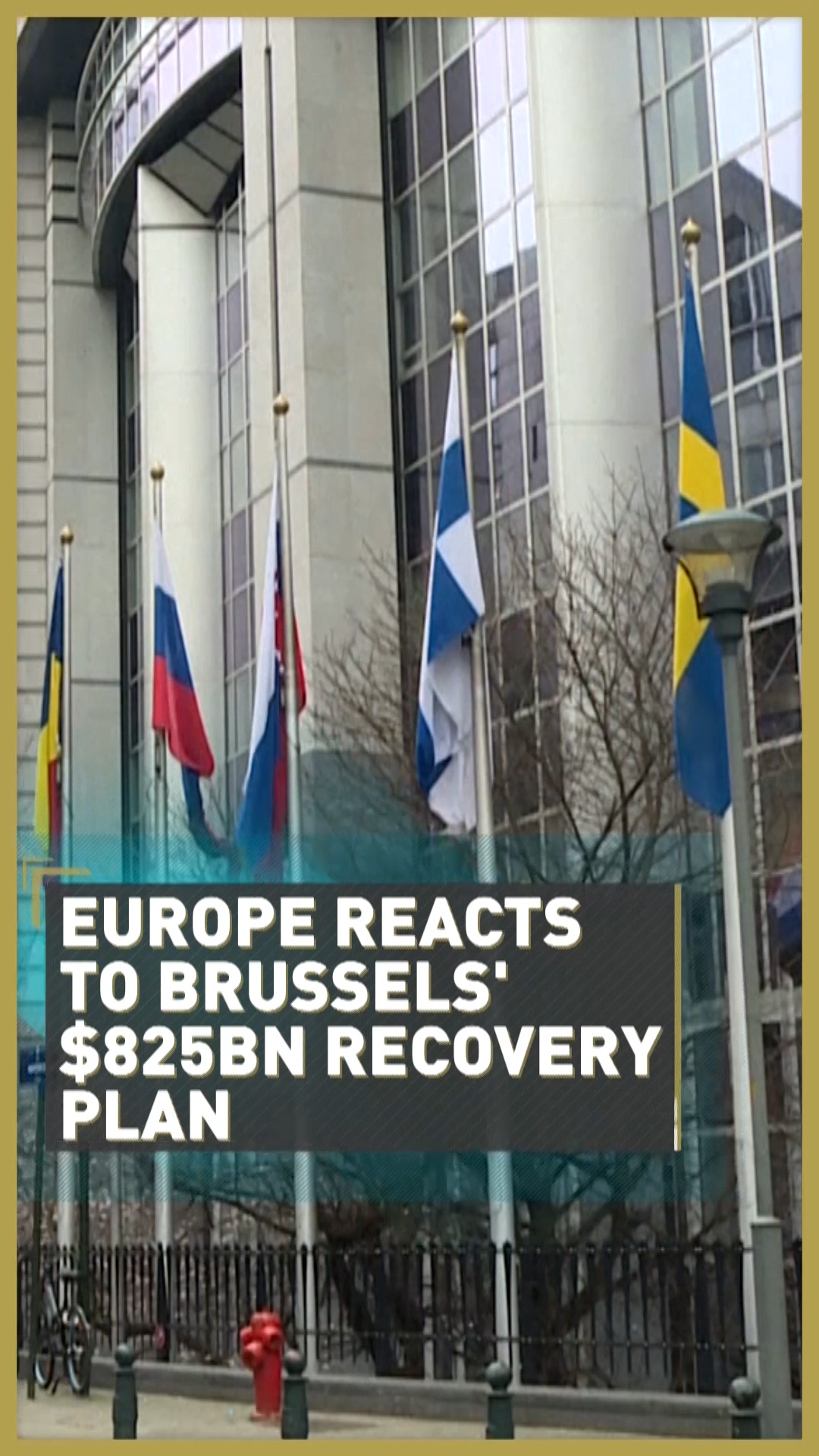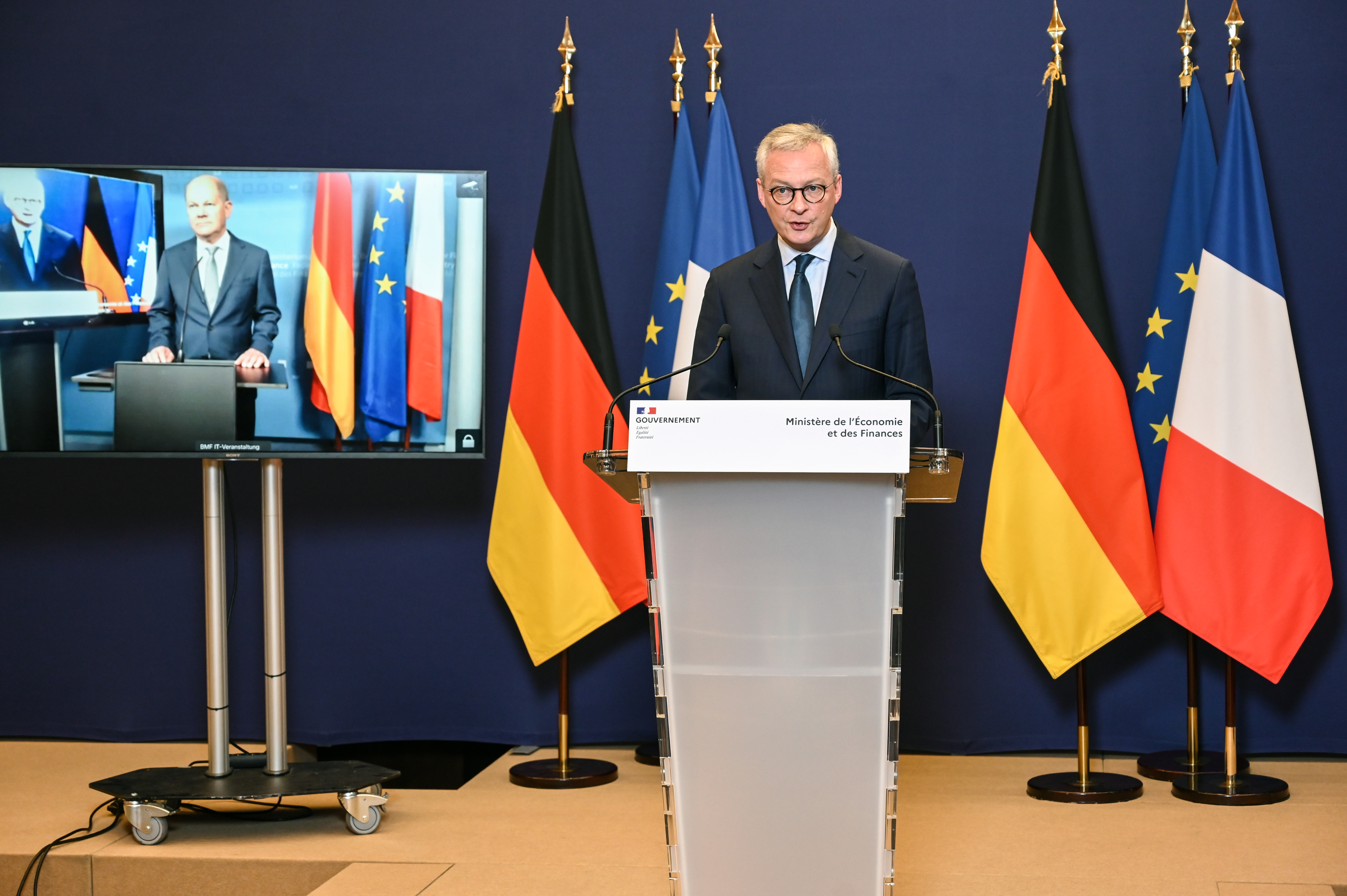04:10

A recovery plan has been laid out by the European Union, which aims to give a massive stimulus to the economies of member states savaged by COVID-19 pandemic. Here are the key points of the blueprint for the next EU budget and a linked Recovery Fund which, combined, total more than $2 trillion.
How much money is set to be made available?
The European Commission has proposed a $1.21 trillion budget for the bloc to run from 2021-27 and an attached recovery fund worth more than $820 billion – with two-thirds of that available as grants and the rest as repayable loans.
Who benefits from the investment?
The money will go directly to member states and as guarantees for the European Investment Bank, to companies. Some of the cash will go as grants to the EU budget programs including development aid and farm subsidies and other funds will be given to countries as loans based on recovery plans pitched to Brussels.
Who will repay the debt and how long do they have?
Money is set to come from unprecedented mass borrowing by the Commission against the EU budget. The Commission has put forward bond maturities of up to 30 years on which interest would be covered from the bloc's 2021-27 budget and the capital would be repaid by 2058.
The money to repay the bonds would come from EU budgets from 2028 onwards with usual member state fees, taxation and new possible levies on, for example, CO2 emissions or carbon footprints on imports.
What happens next?
The Commission's plan needs to have the unanimous support of all 27 EU member states as well as the European Parliament. National EU leaders will hold discussions at a summit on 19 June but any final deal is likely to take longer.
What are the likely problems?
There remain many divisive issues around how the stimulus money will be raised and spent, which means that weeks or months of negotiating lie ahead and the final EU coronavirus recovery package may end up differing from this week's proposal.
Some elements of the blueprint would also require a tricky further ratification by national parliaments.

French finance minister Bruno Le Maire speaks to colleagues about the recovery plan. Bertrand Guay/AFP
French finance minister Bruno Le Maire speaks to colleagues about the recovery plan. Bertrand Guay/AFP
Which countries are in favor?
The $614 billion in grants is a reflection of the wishes of France and Germany which came up with the grants-only proposal. Both countries have backed plans for money to be raised on the capital markets. Italy and Spain are also backing grants.
Which countries are likely to be against to the proposal?
Austria, the Netherlands, Denmark and Sweden have been against the idea of grants or cash handouts to poorer members of the EU. They don't want to take the debt of other countries and will need to be brought on board.